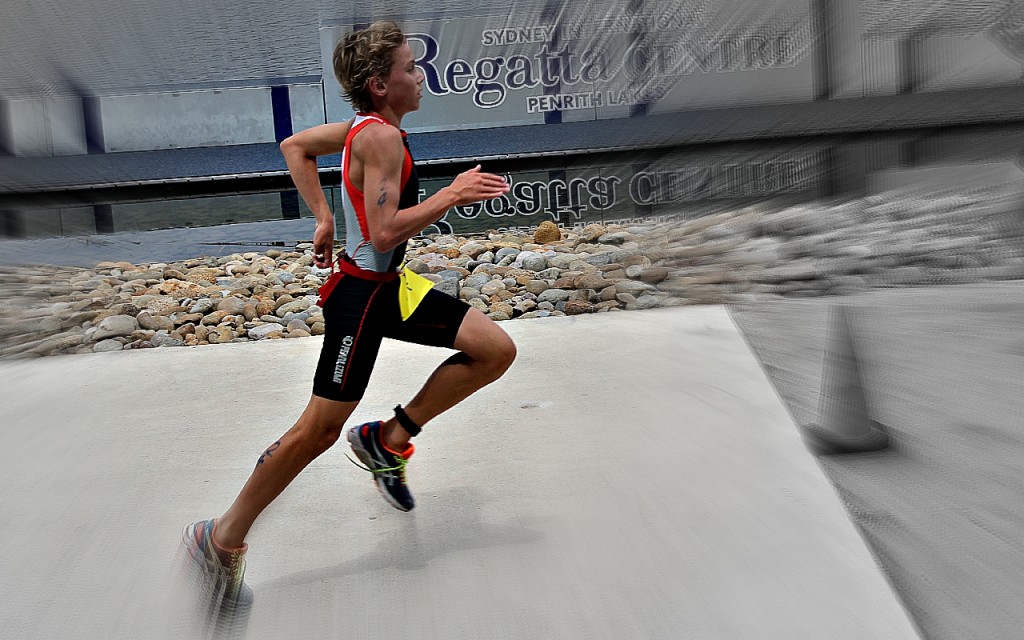
There are many growth plate areas that can be irritated in adolescent children. We’ve written about Sever’s Disease before, another common area is the knee. This condition is known as Osgood Schlatters Disease or syndrome.
Osgood Schlatters is a common cause of knee pain in adolescent children who are physically active. Boys are more likely to develop Osgood Schlatter’s than girls as they usually participate in explosive sports such as basketball, soccer, athletics, AFL and football.
Pain located at the bone below the kneecap in active adolescents.
 Why and how does this happen?
Why and how does this happen?There is a group of large muscles in the front of your thigh known as the quadriceps. These muscles together form a large tendon and attaches onto the shin bone (tibia) via the knee cap (patella). The attachment site of the quadriceps is on a small bump below the patella (you can feel it if you rub below your knee). This attachment site is a growth area. Growth areas tend to be softer than mature bones, and this is why they are more susceptible to injury and irritation. If the quadriceps is tight and is frequently used at high intensities, it can pull on the growth plate and cause irritation.
 What sports are these seen in?
What sports are these seen in?These conditions are commonly seen in sports such as:
If your child is experiencing any of the symptoms above and you are worried about their knee, come and see one of our Physiotherapists for some advice.
Research: